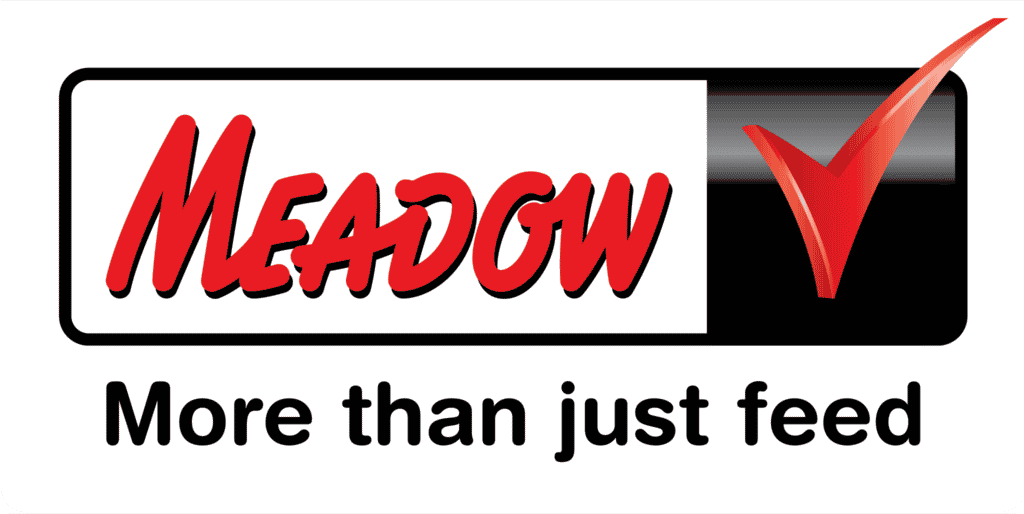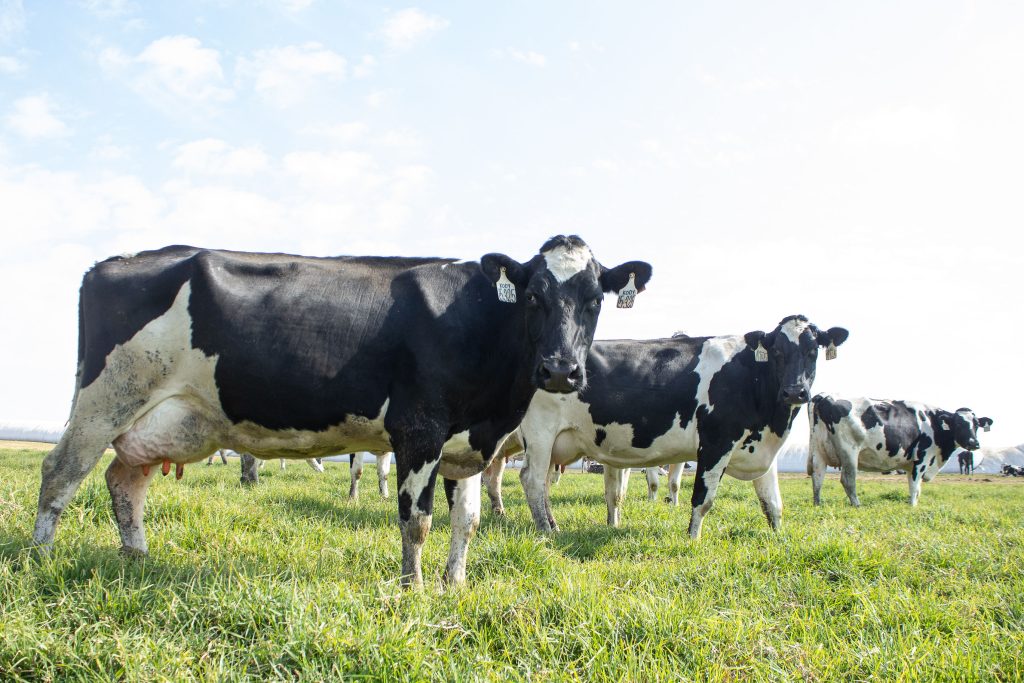Successful dairy enterprises need to achieve consistently superior levels of productive and reproductive efficiency to limit the impact of rising input costs. Traditionally, a calving interval (CI) of less than 400 days is accepted as the optimum in terms of lifetime performance and maximum peak lactations. The past decades have been marked by substantial improvements in milk yield as a result of great advances in genetics, nutrition, health, cow comfort, milking equipment, and general management. These days, cows are capable of successfully extending their lactations far beyond the traditional 305-day mark. The high milk yield potential of dairy cows raises questions as to whether a 400-day CI should still be considered a valid benchmark in terms of optimum performance and profitability or whether certain conditions justify the implementation of extended lactations in dairy cows to improve overall efficiency and lifetime profit.
Extending lactations
Higher-producing dairy cows continue to produce substantial volumes of milk even in late lactation. Many cows are now required to abruptly stop milk production at the end of lactation, while they are still producing high milk yields, to enter the far-off dry period in preparation for the next lactation in 60 days. Increased pressure within the udder during cessation of milk production can push milk through the teat canal, opening the teat ends and potentially allowing bacteria to enter the udder. This increases the risk for udder infections and the incidence of mastitis in the subsequent lactation. Published research indicates that higher milk yields at dry-off are associated with an increase in intra-mammary infections in the following lactation. Extending the lactations of such high-producing cows will reduce the risk of udder problems as a result of lower milk yields at dry-off.
However, it should be remembered that extended lactations inevitably prolong the period that a cow spends in late lactation during her lifetime. Late lactation is marked by a gradually decreasing milk yield as the cow nears dry-off, which is associated with poorer feed efficiency. Extended lactations prolong the time that a cow spends in a less efficient state and may limit profitability. Late lactation is also associated with changes in nutrient partitioning away from milk production and towards body weight gain. A major risk of extended lactation is over-conditioned cows at dry-off and parturition in the subsequent lactation. Fat cows are likely to lose more weight during transitioning and early lactation. This weight loss is correlated with a higher incidence of metabolic disorders, weak expression of oestrus, poor first artificial insemination (AI) conception rates and higher early embryonic deaths. Poor reproductive performance remains a prominent challenge in high-producing dairy herds.
Benefits of extending lactations
A major benefit of extended lactations in dairy cows is a decreased ratio of total days dry to total productive days in the cow’s lifetime. The cow yields no income during the dry period but only raises the costs of the operation. Through an increased voluntary waiting period and extended lactation, the total number of lifetime lactating days increases and the ratio of dry days to productive days in the lifetime of the cow decreases. Although the cows spend more time in late lactation, they also have more days in lactation and fewer dry days in their lifetime. Less time at peak milk yield does not necessarily imply lower profitability; instead it may increase lifetime profitability as the total number of dry days decrease in proportion to the number of productive days.
On a herd level, having fewer dry days implies that fewer calves are born. This will reduce the cost of rearing too many genetically inferior replacements. Under these conditions, the use of sexed semen should be introduced to produce sufficient replacements from genetically superior dams to achieve growth targets. Rearing replacements requires substantial management and financial inputs, and makes it necessary to utilise feed and other resources that could have been allocated to lactating cows with a positive margin over feed cost. It is important to ensure that the number of replacements reared correspond to the growth targets of the operation. Both too little or too many heifers can cost the business dearly. Ensure that accurate calf & heifer mortalities and culling rates are factored into the calculation of replacement heifers.
Use extended lactations as a management tool
Every dry period is followed by calving and the onset of lactation. During the transition from late pregnancy to peak lactation, the cow has to endure significant hormonal changes, major dietary adjustments, group changes, and an increased risk of disease. Without question, the transition period is associated with the highest risk of metabolic, productive, and reproductive failures. Extended lactations, and by implication fewer calving opportunities, could be a management tool to limit the exposure of cows to this high-risk period and reduce the probability of involuntary culling.
Research reports on the value of extended lactations in dairy cows are ambiguous and contradictory, probably because the outcome of such evaluations is dependent on many factors, e.g. milk yield, milk price, feed price, length of the dry period, lactation persistency, and individual cow differences. However, many researchers agree that the high lactation persistency of first lactation animals offers an opportunity to increase their voluntary waiting period, thereby improving first AI conception rates, reducing early embryonic deaths, and improving lifetime productivity and profitability. There does not appear to be consensus on the actual number of days by which these lactations should be extended. These decisions should be deliberated with herd management on an individual basis to accommodate animal and environmental variation.
For multiparous cows, with poorer lactation persistency, a shorter calving interval appears to be most optimal. There appears to be considerable differences in nutrient partitioning among cows. More research is required to set parameters to identify high-yielding cows with strong lactation persistency that will benefit from extended lactations.
In summary
Replacing many short lactations with fewer longer lactations decreases the risk of involuntary culling and may increase the efficiency of lifetime milk yield and profitability of cows with a high milk yield persistency, by decreasing the number of unproductive days in the cow’s lifetime.
Click here to view the Meadow Feeds dairy calve products.




